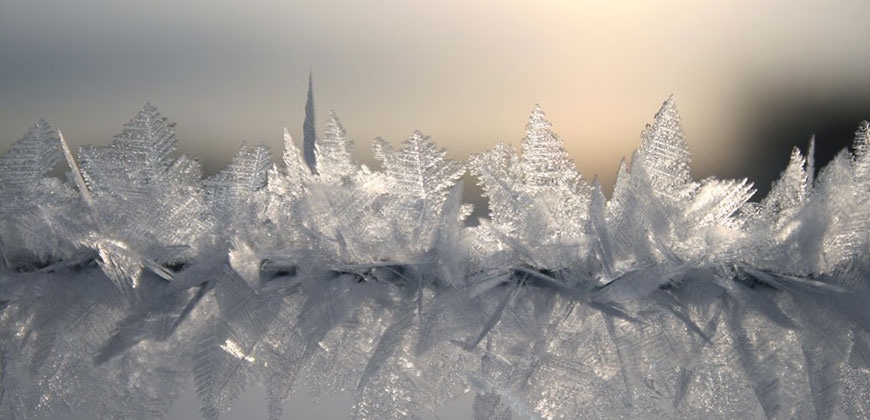Nov 18 2016
 (Credit: Colorado State University)
(Credit: Colorado State University)
The latest ice-repellent coating developed by Colorado State University researchers outperforms the best de-icing products available today. A welcome relief for anyone who has had to chip ice off a windshield or watched an air plane get de-iced.
The research team headed by Arun Kota, assistant professor of mechanical engineering and biomedical engineering, has created an economical, environmentally friendly, long-lasting coating that could keep ice off everything from cars and planes to ships and power lines.
The innovation is a gel-based, soft coating manufactured using PDMS (polydimethylsiloxane), a silicone polymer gel, which is widely used in industries. The findings have been reported in the Journal of Materials Chemistry. All of their experiments relied upon meticulous analysis of ice adhesion mechanics.
Better Performance
The performance measure of de-icing coatings is termed ice adhesion strength - the shear stress required to remove ice from a surface. Ice adhesion strength is measured in kilopascals (kPa).
Based on the research, the ice adhesion strength for the new coating was approximately 5 kPa. In comparison, commercially available soft coatings have ice adhesion strength of approximately 40 kPa (lower is better). Other types of de-icing coatings manufactured using rigid materials such as Teflon usually perform at about 100 kPa.
The liquid de-icers such as propylene glycol or ethylene glycol sprayed on frozen planes before takeoff work quite well. The spraying of glycols or salts is the most general passive de-icing method currently used; according to the EPA, over 20 million gallons of de-icing chemicals are used annually by just the aviation sector. But these liquid products leach into groundwater, causing environmental issues. They also have to be repeatedly applied.
De-icers vs. Anti-icers
Kota explains that de-icing coatings are not like anti-icing coatings. Anti-icers impede ice formation, while de-icers enable easy removal of ice after ice has already formed and gets stuck to a surface.
The CSU innovation is a high-performance, environmentally friendly solution that could end the use of toxic liquid de-icers and keep ice from sticking to windshields. It can be applied as a more lasting protective coating.
“We think there is significant commercial potential here,” Kota said.